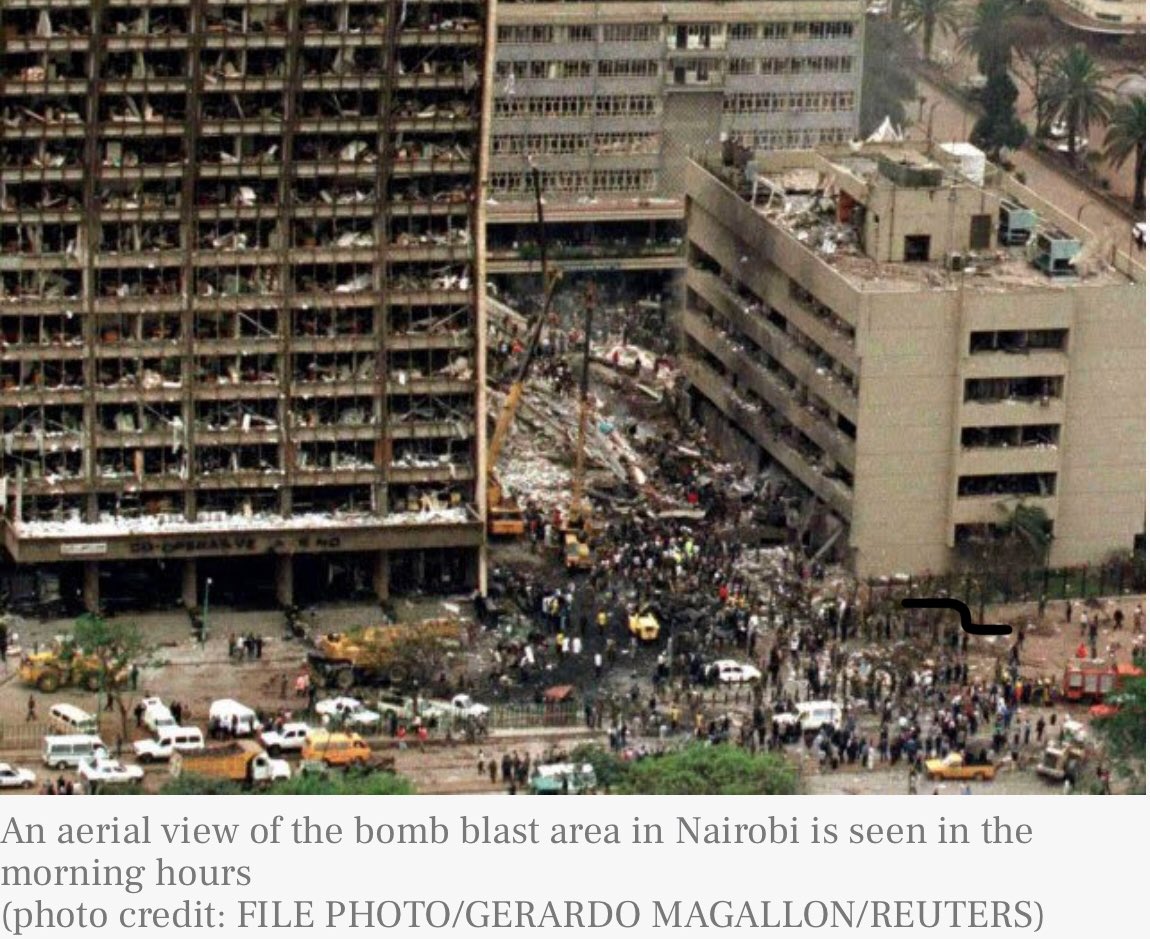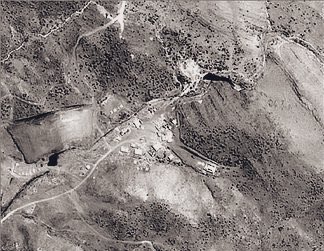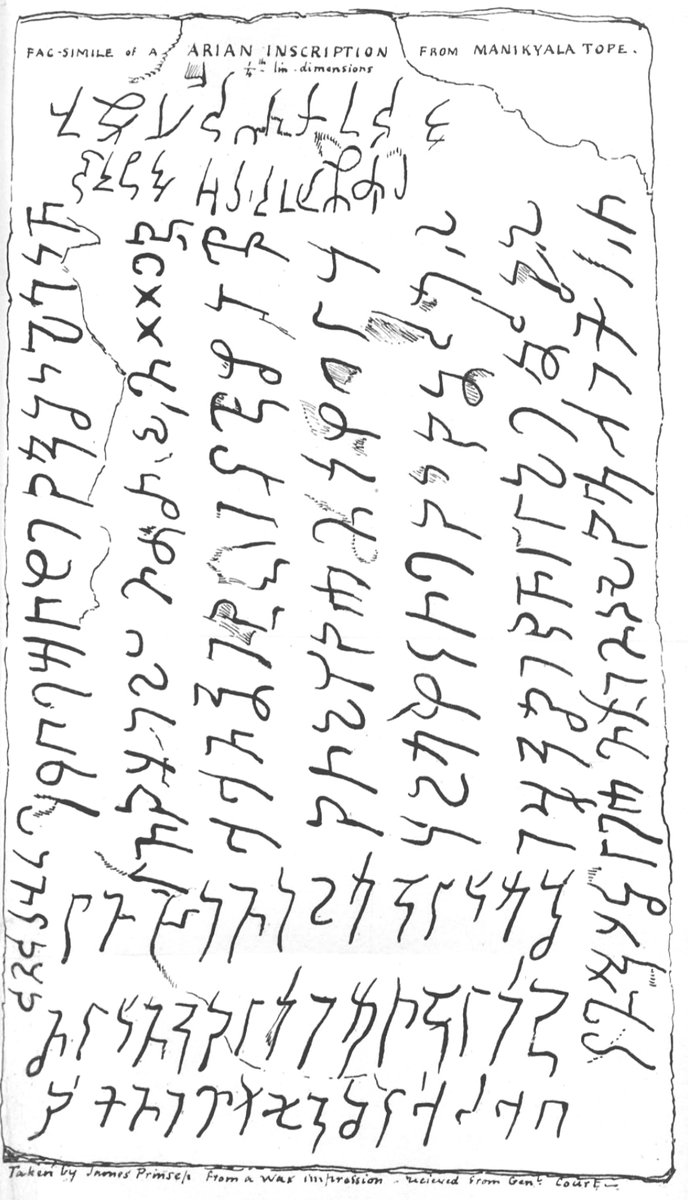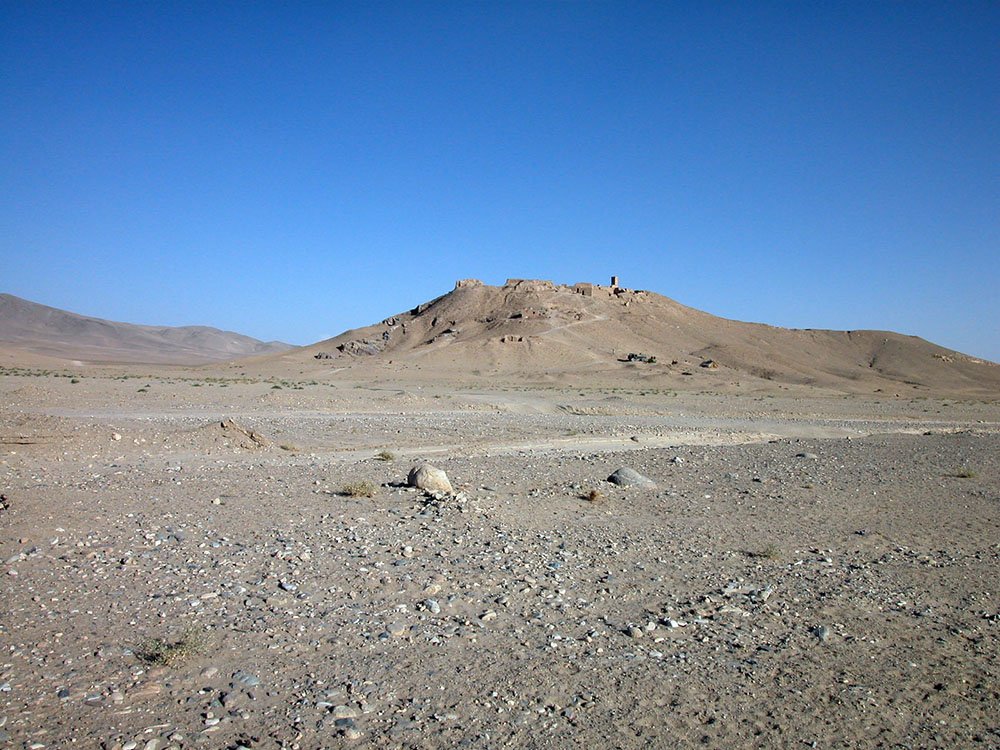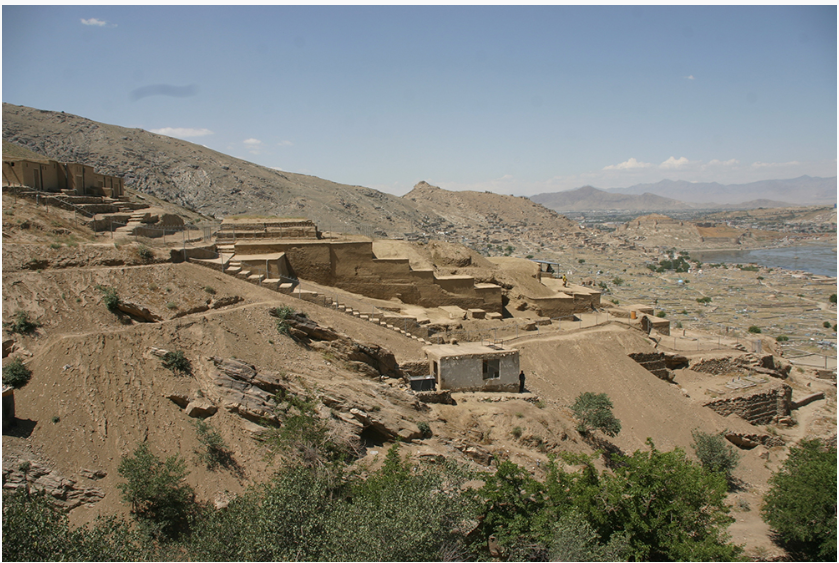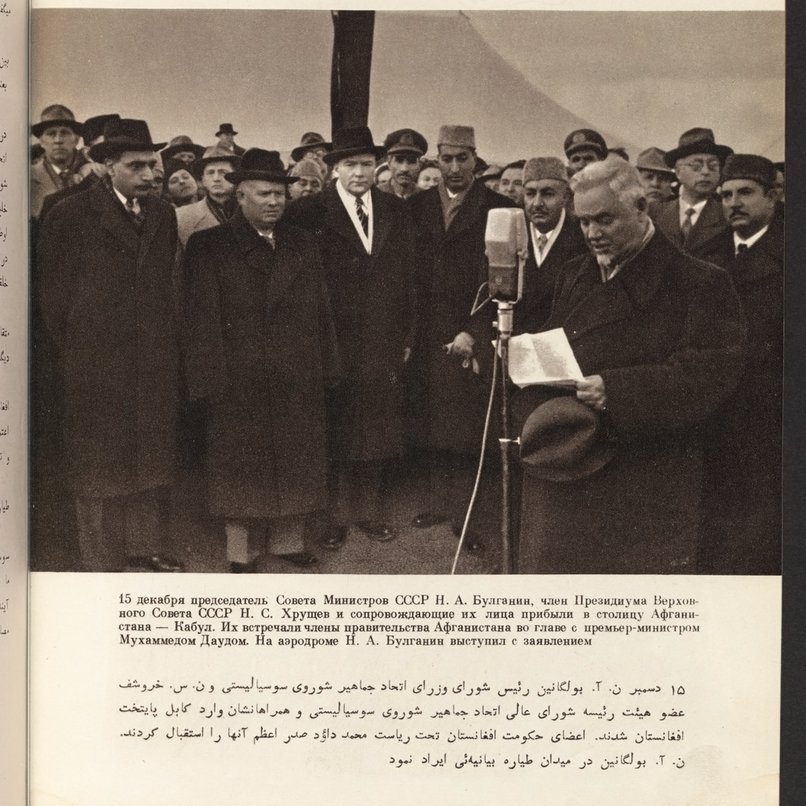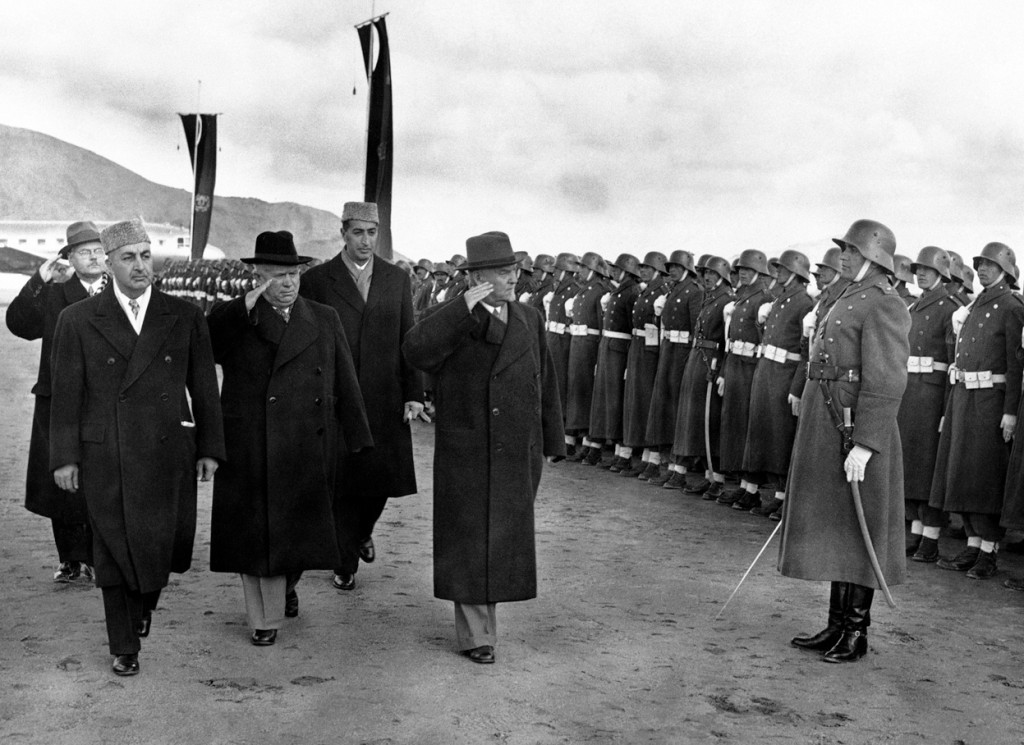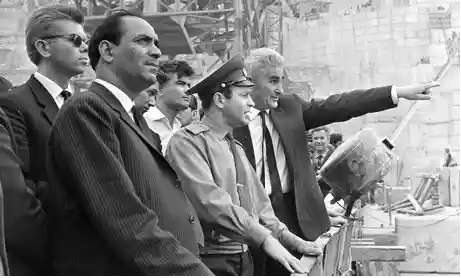
1980s: USID awarded $60m to Uni. of Nebraska at Omaha to produce children books for Afghan refugees in Pakistan
Pg1 “T” (te) of alphabet for topak (weapon) ex “My uncle has a weapon”
Pg2 “J” (jim) for jihad ex “Jihad is mandatory” “Jamil went to jihad” &“I too will go to jihad”
Pg1 “T” (te) of alphabet for topak (weapon) ex “My uncle has a weapon”
Pg2 “J” (jim) for jihad ex “Jihad is mandatory” “Jamil went to jihad” &“I too will go to jihad”

Books for Afghan refugee kids in PAK were also used in AFG by 1990s.
In 2014 NPR interview, Intel. Education Prof Dana Burde said “as part of war efforts [referring to Cold War]..the alphabet of jihad literacy tried to solidify the links between violence & religious obligation.”
In 2014 NPR interview, Intel. Education Prof Dana Burde said “as part of war efforts [referring to Cold War]..the alphabet of jihad literacy tried to solidify the links between violence & religious obligation.”

March 2002: Uni of Nebraska was awarded another multimillion dollar grant to produce books for Afghan children
Pres Bush said 10 million books were being trucked into AFG that would teach “respect for human divinity, instead of indoctrinating students with fanaticism & bigotry.”
Pres Bush said 10 million books were being trucked into AFG that would teach “respect for human divinity, instead of indoctrinating students with fanaticism & bigotry.”

Comments from Prof Dana Burde who was quote above:
Also, 240 characters is very limiting to share history but can be an easy way to gauge interest. I encourage people to continue searching the history of foreign influences on education in Afghanistan during war times.- Mariam A
Also, 240 characters is very limiting to share history but can be an easy way to gauge interest. I encourage people to continue searching the history of foreign influences on education in Afghanistan during war times.- Mariam A
https://twitter.com/danaburde/status/1449603160105000960
More detailed bits shared by Abbas Farasoo from the book “Education in Afghanistan.”
The screenshots shared above are from Pashto language children books; books were also produced in Farsi/Dari language. We share this history for awareness & to not repeat deliberate mistakes.
The screenshots shared above are from Pashto language children books; books were also produced in Farsi/Dari language. We share this history for awareness & to not repeat deliberate mistakes.
https://twitter.com/abbasfarasoo/status/1449414201294802946
• • •
Missing some Tweet in this thread? You can try to
force a refresh


